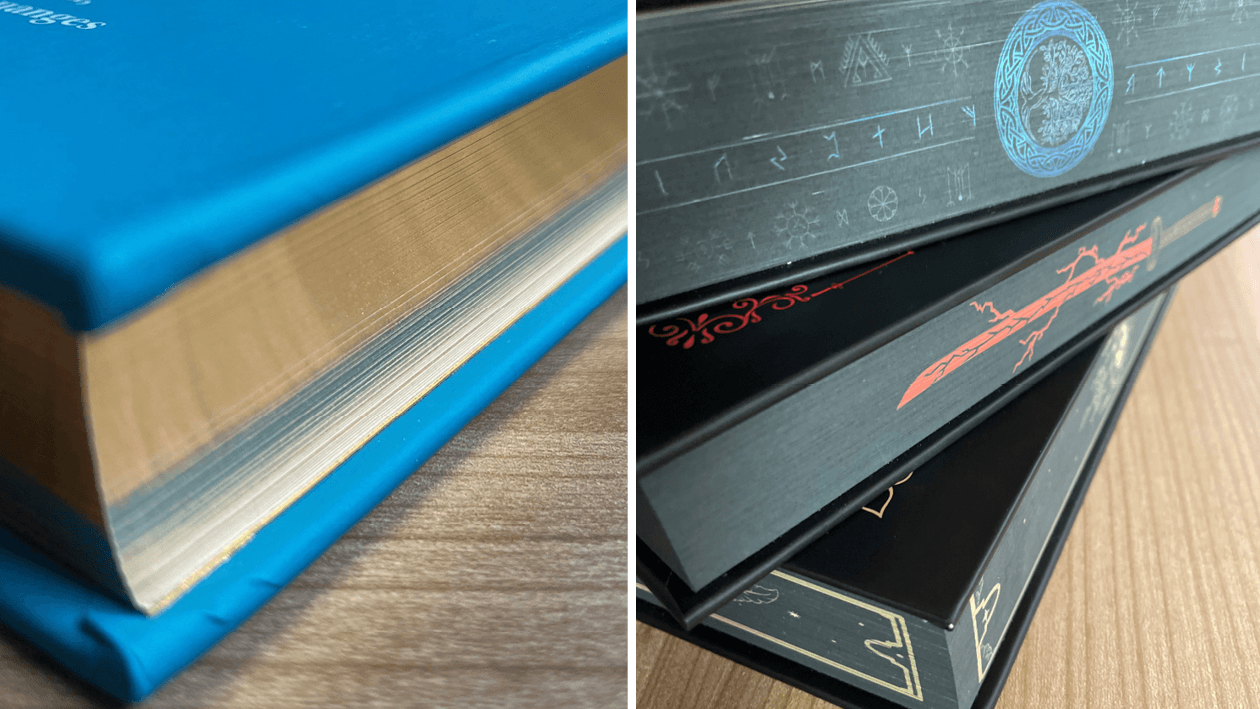Elevating Book Covers: A Comprehensive Guide to Various Enhancements

Introduction
In the competitive world of publishing, a book's cover serves as the first impression, enticing readers to pick it up and explore its contents. To make a lasting impact, publishers often employ a range of enhancements to elevate the visual and tactile appeal of a book cover. In this article, we'll explore the key differences between various enhancements, including lamination, spot varnish, glitter, embossing, debossing, die-cutting, and hot-stamping.
Lamination
Lamination serves as a crucial technique in the realm of book cover enhancements, offering both aesthetic appeal and robust protection for literary works. This process involves applying a thin layer of protective film to the entire surface of the book cover, imparting a polished and durable finish. Beyond its visual benefits, lamination acts as a shield, safeguarding the cover against wear and tear, moisture, and other environmental factors. By encapsulating the design in a protective layer, lamination enhances the longevity of the book cover, ensuring it maintains its initial allure throughout its journey into the hands of readers.
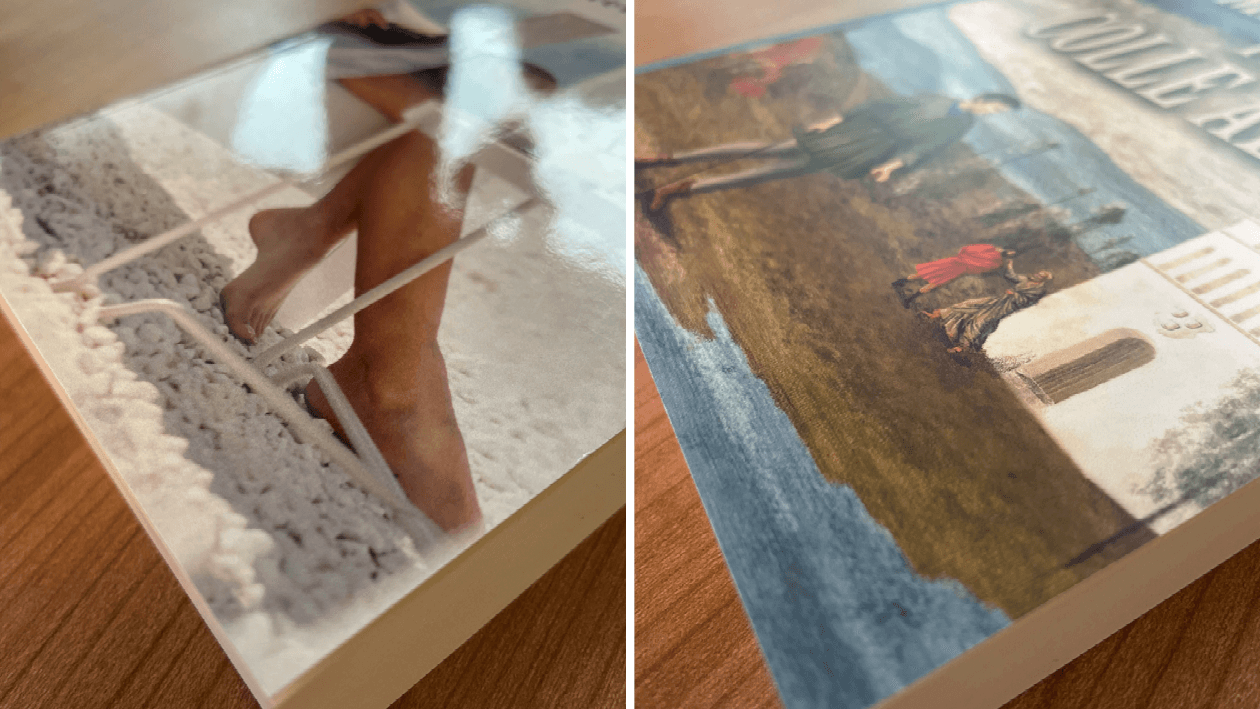
Publishers can choose from various lamination options, each imparting a distinctive touch to the cover. Glossy lamination enhances vibrancy, offering a shiny and reflective surface, while matte lamination provides a subdued, non-reflective finish, imparting an understated elegance. Soft-touch lamination creates a velvety texture, inviting readers to experience a tactile connection with the book. Sandy lamination introduces a subtle graininess, evoking a beach-like texture, while textured (linen) lamination brings forth a fabric-inspired finish, adding a touch of sophistication to the overall design.
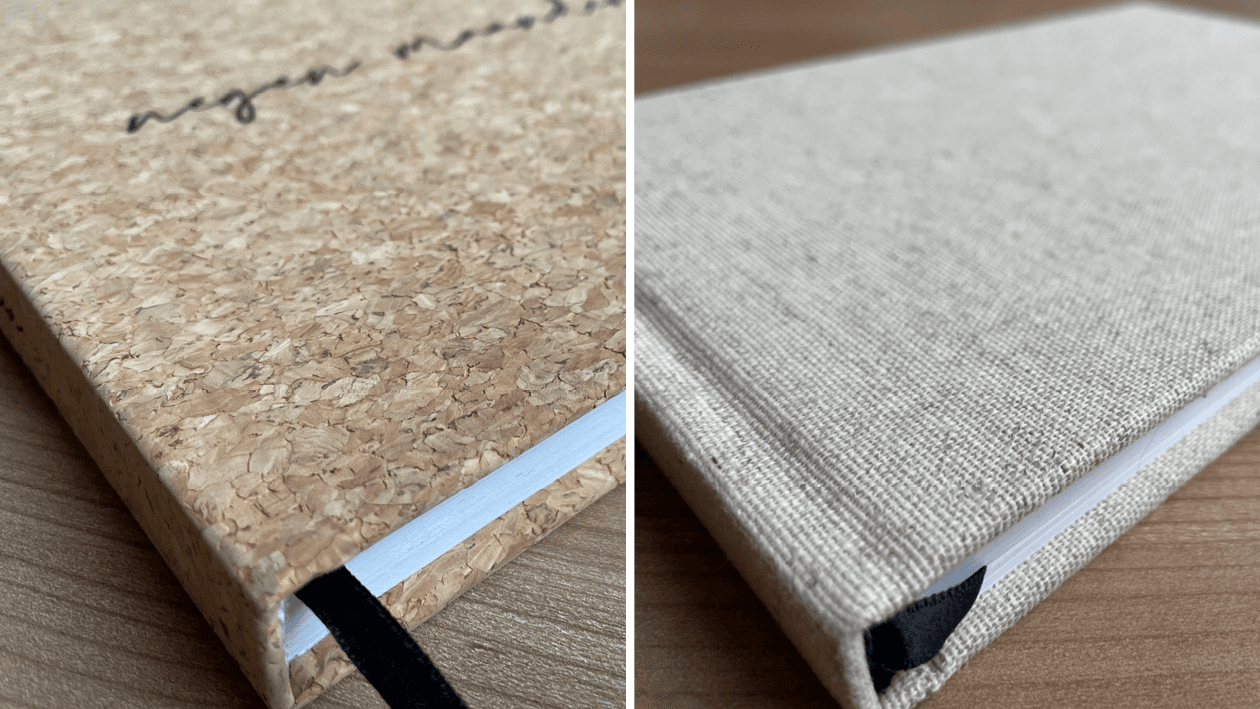

Varnishes
Among the diverse array of enhancements available for book covers, varnishes stand out as versatile tools that add both visual appeal and practical benefits. Varnishing involves applying a thin coating to the surface of the book cover, and this can be done in different ways to achieve specific effects. Understanding the nuances of varnishing techniques provides publishers with the means to enhance not only the aesthetic charm of a book but also its durability and overall market appeal.
Spot Varnish
Spot varnish involves applying a glossy or matte coating to specific areas of the book cover, creating contrast and emphasizing certain elements. This enhancement is effective for highlighting key design elements or creating a tactile experience by combining varnished and non-varnished surfaces.
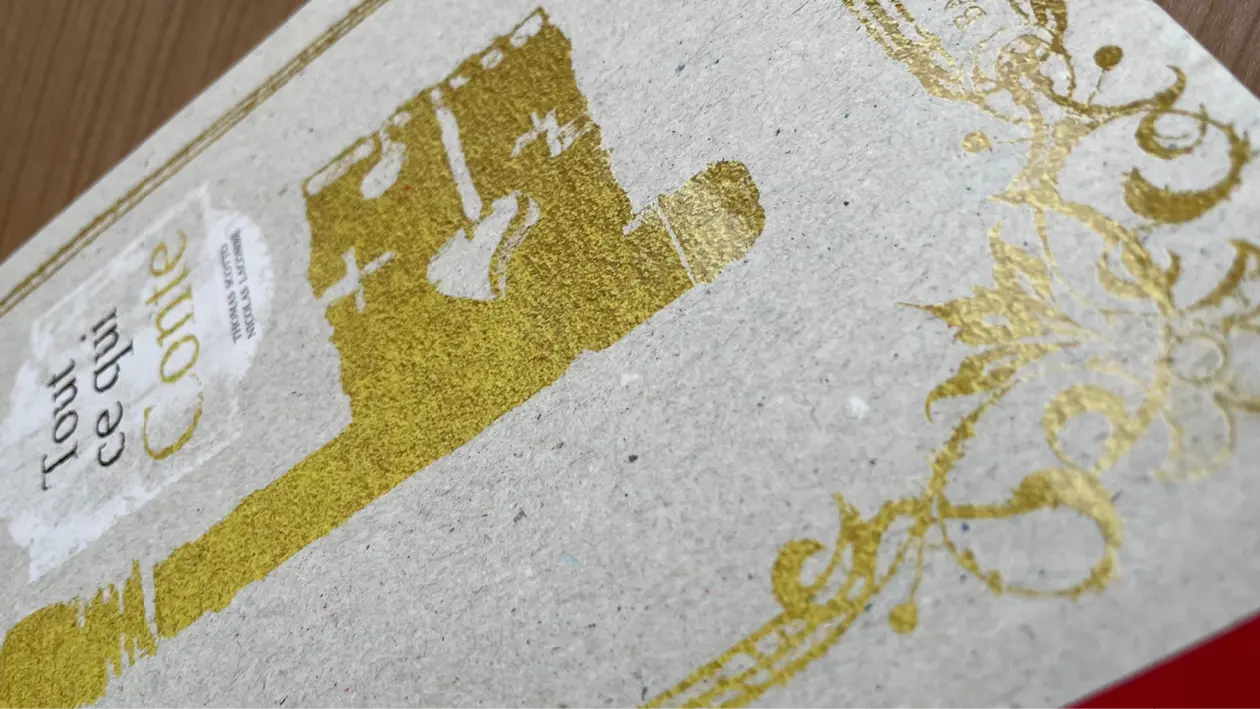
Glitter
Glitter varnish introduces a sparkling effect to the book cover, adding a touch of glamour and visual interest. This technique is especially popular for book covers targeting a younger audience or those with a whimsical theme.
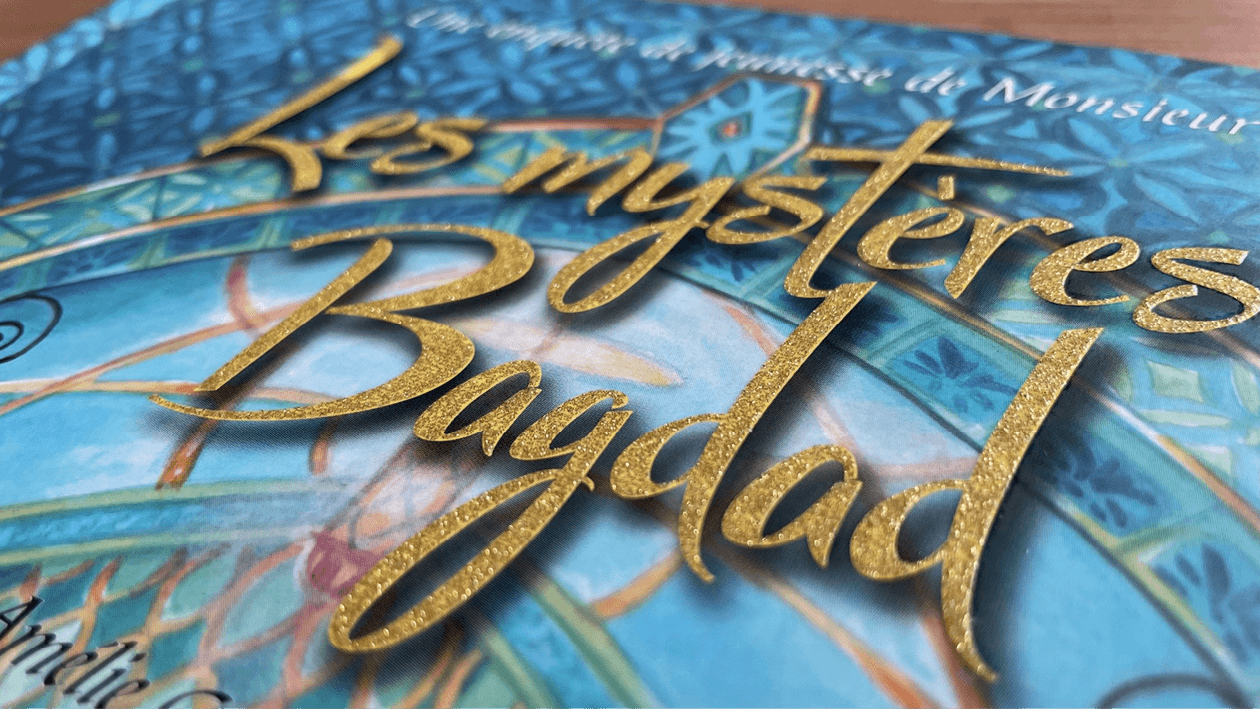
Stamping
Stamping involves the application of pressure, heat, and specialized dies to create distinct effects on the cover material. Each method offers a unique way to enhance the aesthetics and feel of a book cover, contributing to a sense of luxury, sophistication, and individuality. Understanding the artistry behind these stamping techniques provides publishers with valuable tools to craft book covers that not only captivate the eyes but also entice readers to explore the literary treasures within.
Embossing
Embossing involves raising specific elements of the book cover, creating a three-dimensional effect. This enhancement adds a tactile quality to the design, making it visually striking and inviting to touch. Embossed elements can range from intricate patterns to bold titles, contributing to an overall sense of luxury and quality.
Debossing
Debossing is the opposite of embossing, involving the indentation of the book cover's surface. By pressing the material down, debossing creates a recessed design that gives the cover a sophisticated and tactile feel. This technique is often used to add subtle elegance and depth to minimalist or classic book designs.
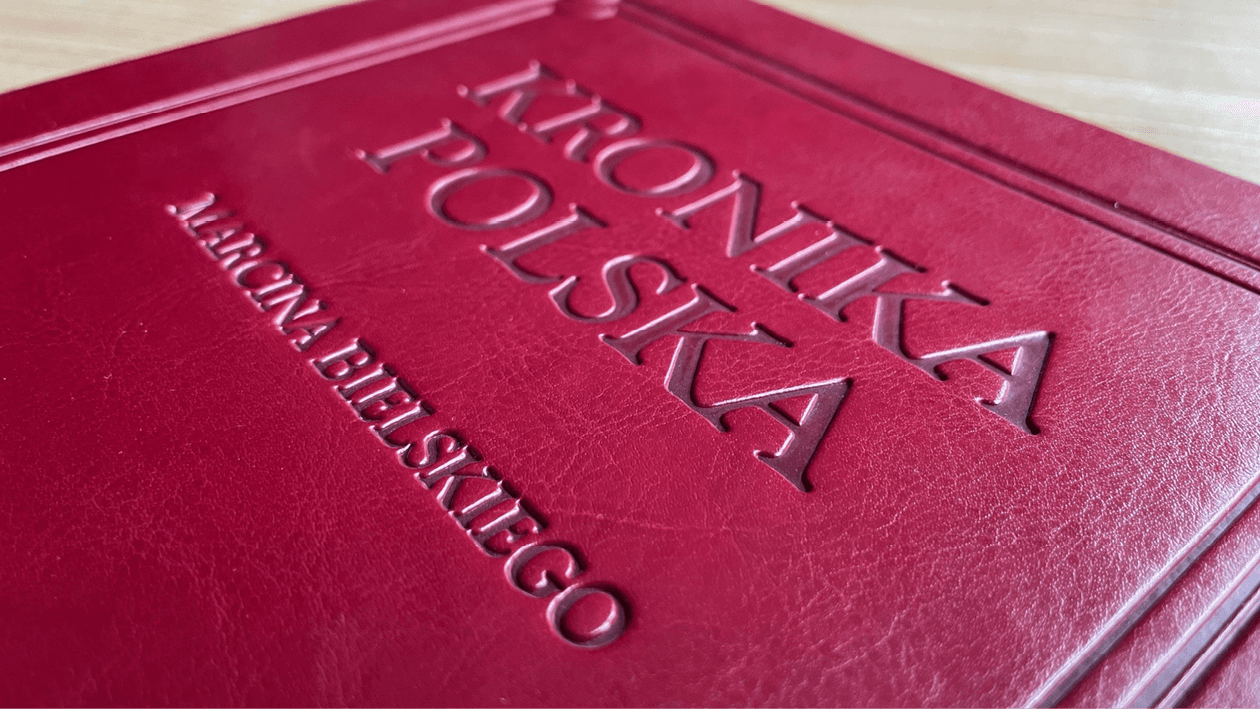
Hot-Stamping
Hot-stamping is a process where metallic foil is applied to specific areas of the book cover using heat and pressure. This technique adds a reflective and eye-catching element, often used for titles, logos, or intricate details. Hot-stamping creates a premium and luxurious feel, making the book stand out on the shelves.
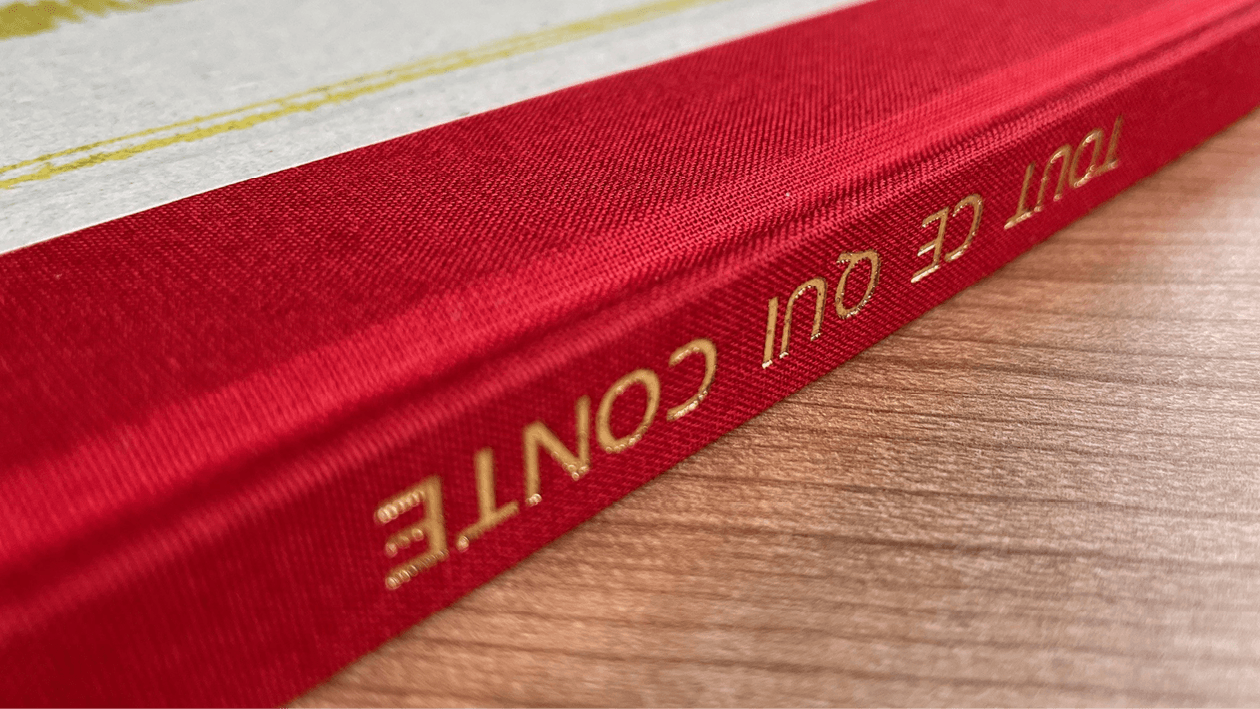
Die-Cutting
Die-cutting is a process where a specific shape is cut out from the cover material. This technique allows for unique and intricate designs, creating windows or revealing inner layers. Die-cutting can be used to make a book cover more interactive, offering readers a glimpse of the content within or emphasizing thematic elements.

Conclusion
Enhancing book covers goes beyond aesthetic appeal; it adds value, uniqueness, and a sense of quality to the reading experience. Each enhancement technique discussed offers publishers an array of options to create visually stunning and memorable book covers that captivate readers and leave a lasting impression. The choice of enhancement depends on the book's theme, target audience, and the publisher's vision for the overall design.
